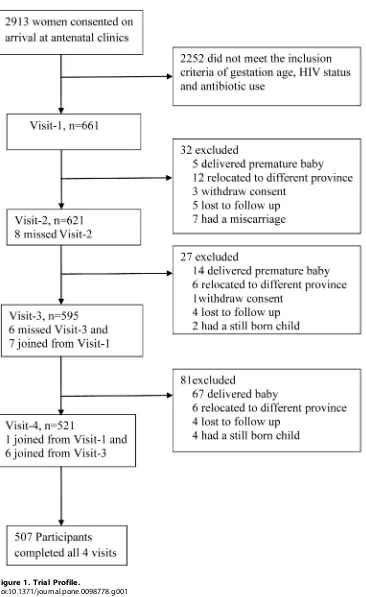Serotype specific acquisition and loss of group B streptococcus recto vaginal colonization in late pregnancy
Full text
Figure




Related documents
Though a feedback signal the rectifying part can realize a left side compensation movement or a right side compensation movement so that the horizontal conveying
One study reported that nurses followed technological developments closely, wanted to benefit more from information technologies in patient care, thought they could become
Int I De\' BioI 37 387 396 (1993) 387 Original Arlirl,' EGF receptor and its ligands, EGF and TGF a, in developing and neoplastic human odontogenic tissues KRISTIINA HEIKINHEIMO"",
So in order to avoid any hazard due fire and gas leakage in a petrochemical industry we have designed an integrated system which will monitor timely gas leakage in any area
In the present study, we found that, cobalamin deficiency was associated with increased risk of postoperative delirium and higher delirium severity scores in patients
In the tadalafil group, 90% of patients reported 48 hours or less between taking a dose of the medication and a successful sexual intercourse.. This additional aspect of the
As is shown in Figure 1 , if the seller with good reputation will choose to be honest, and the buyer thinks that the seller will not cheat her, so decide to make deal with him,
The disconnection of concepts of (1) institutional matrices that determine the societal nature of society, (2) basic institutions dominant in them, and (3) institutional forms